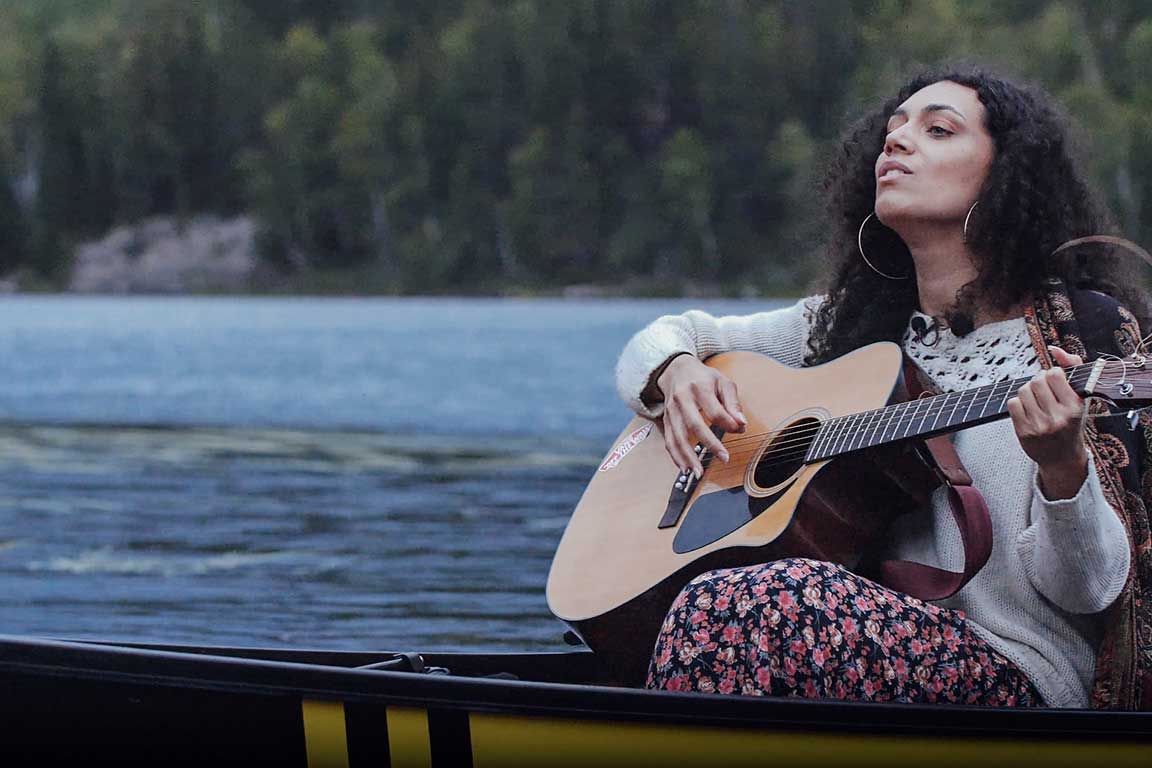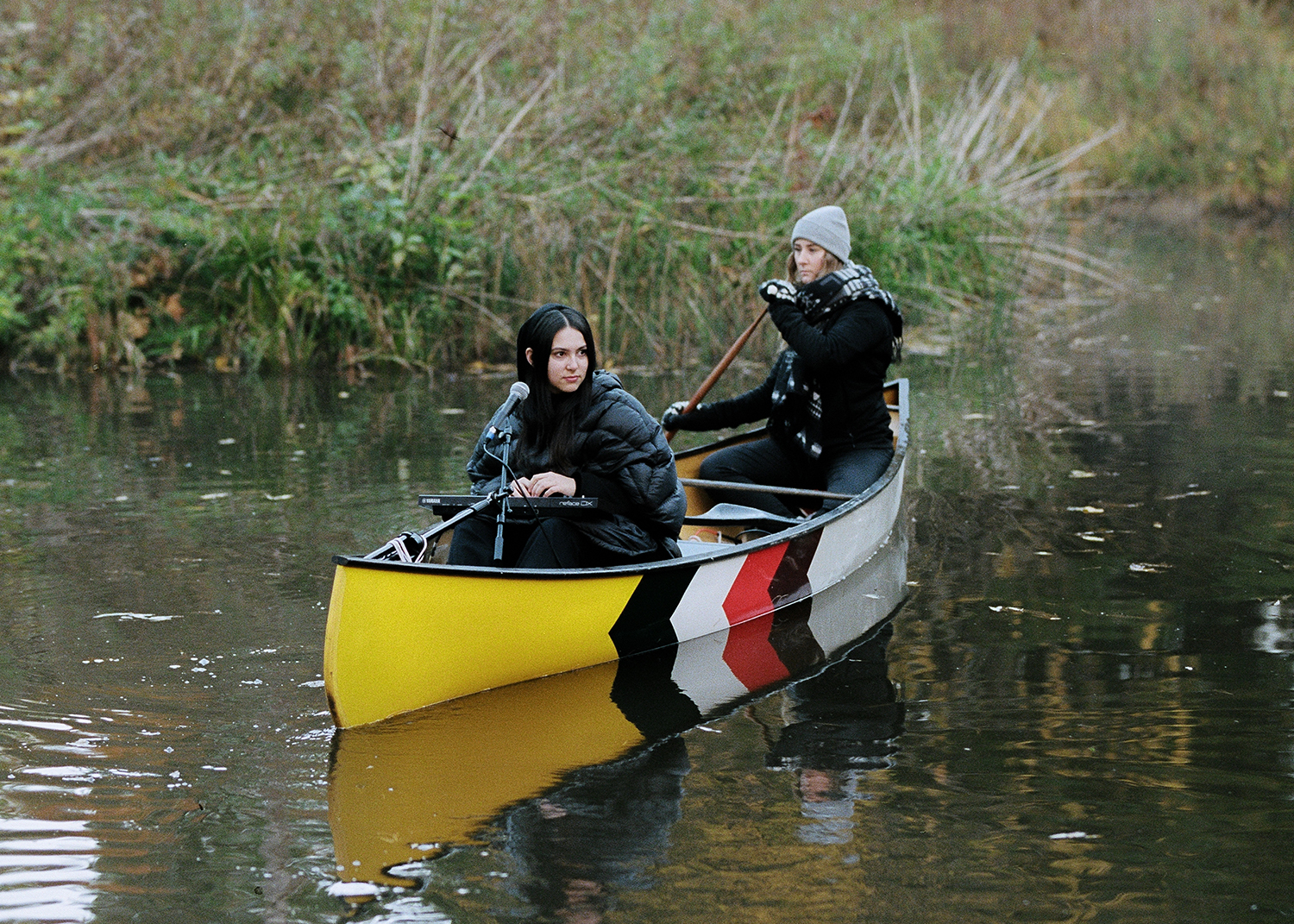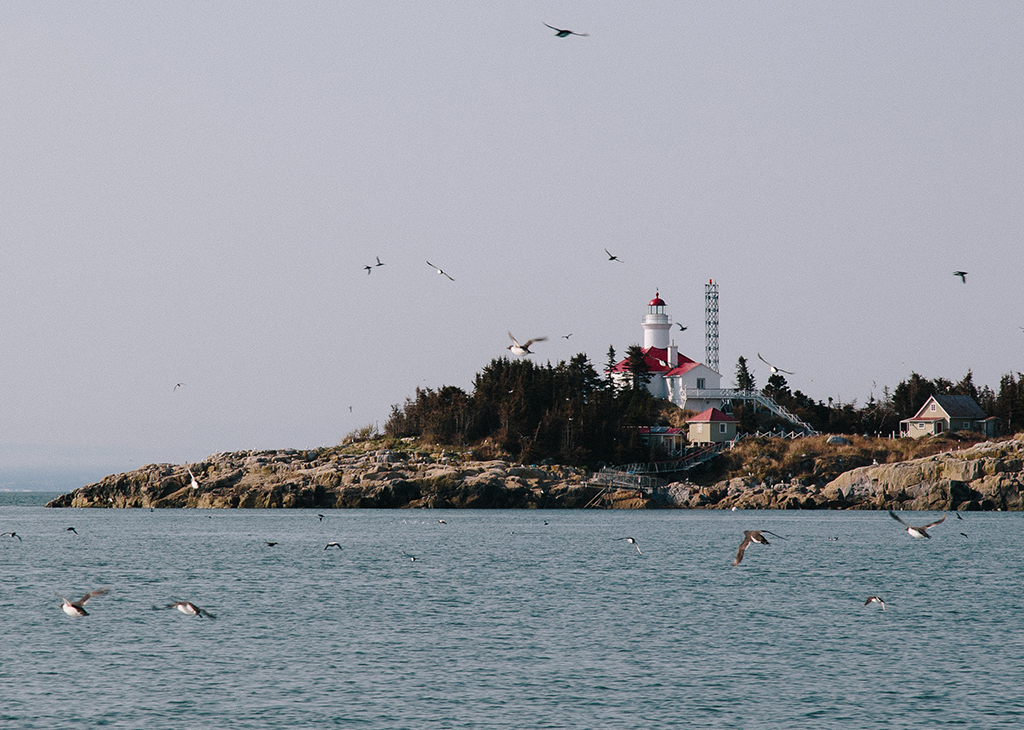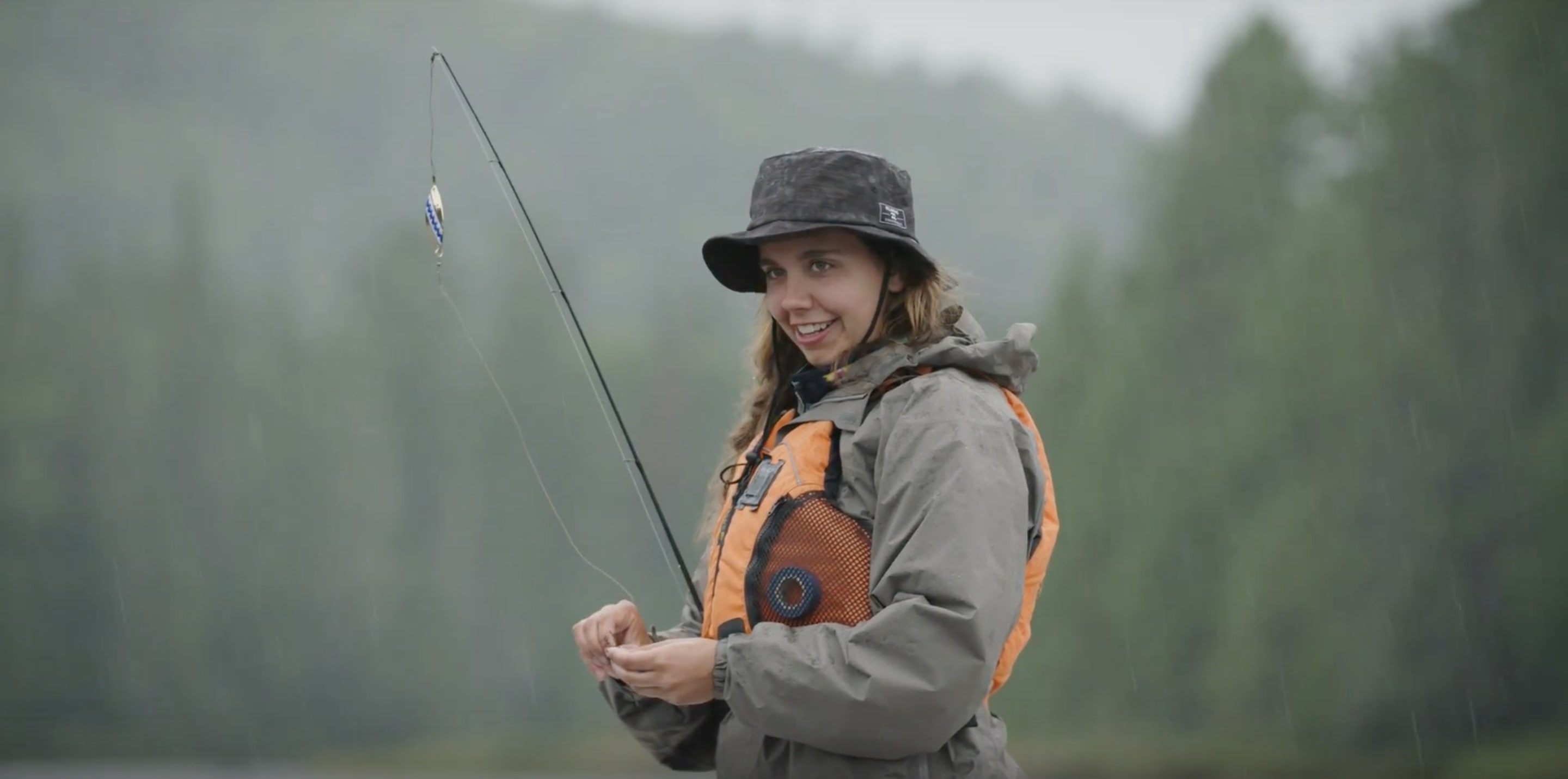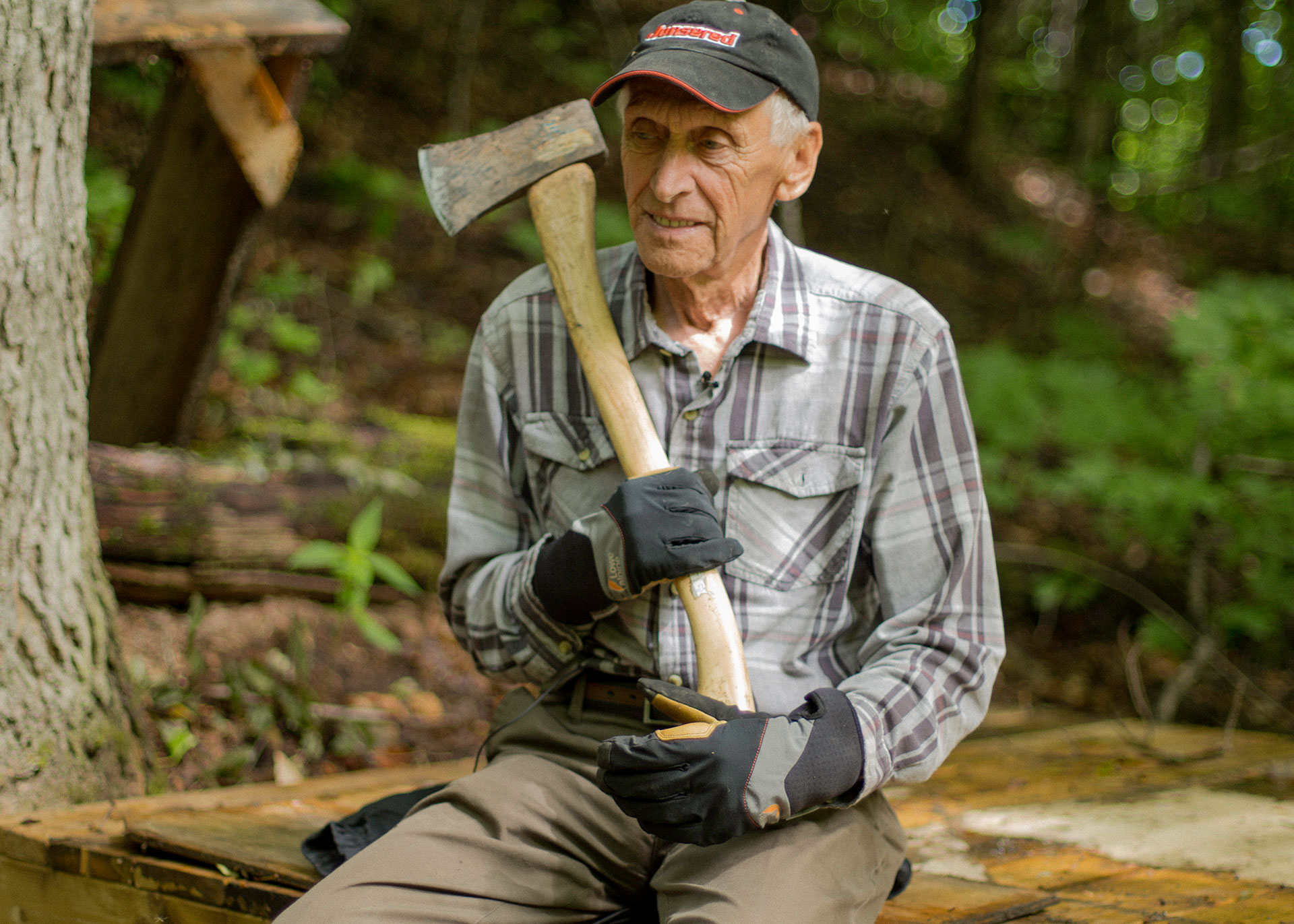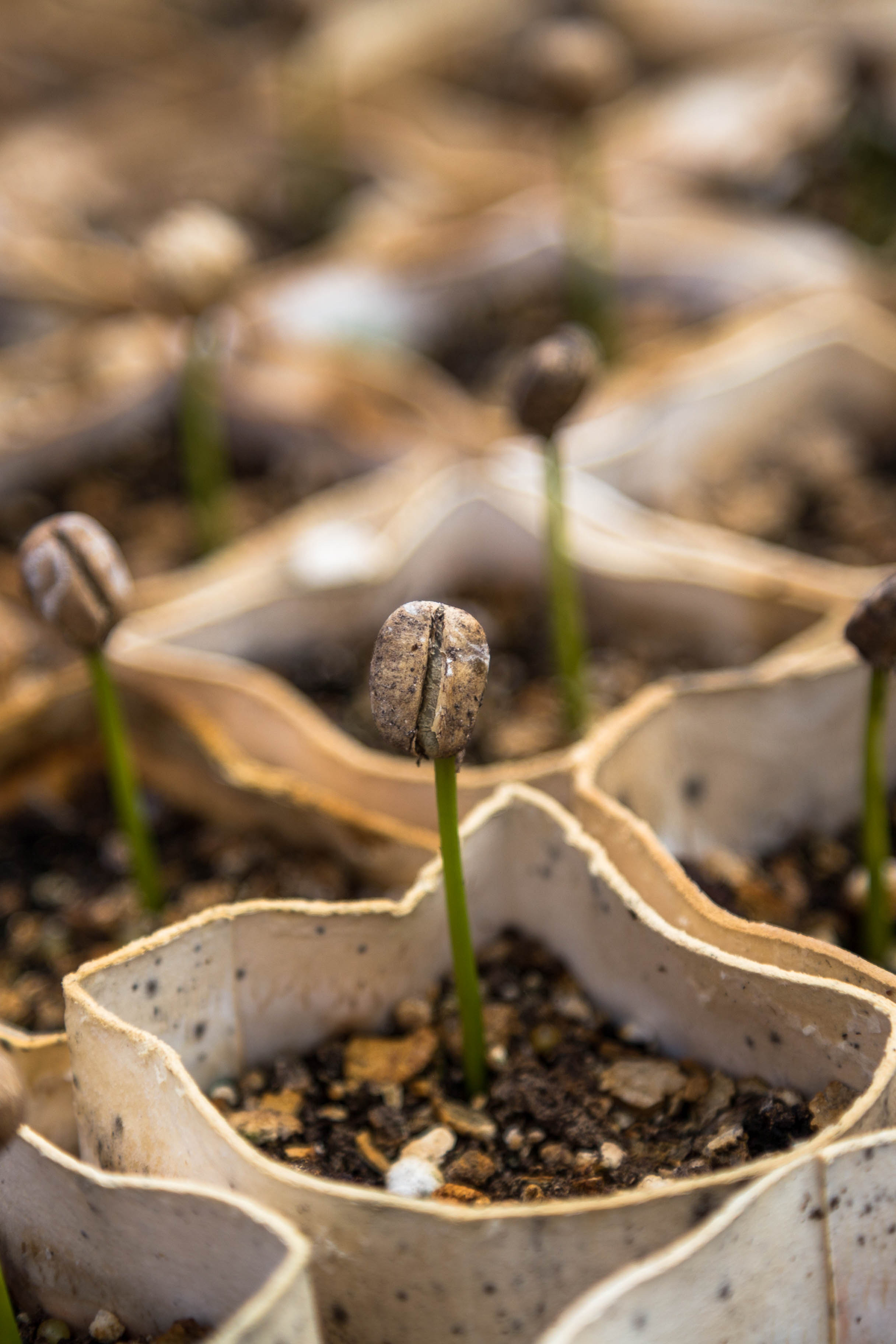Visual Essays
Svalbard
Exploring the Arctic frontier
The Norwegian archipelago of Svalbard enthralls a mix of adventurous travellers and fortune hunters with its majestic scenery and unforgiving climate. But as rapid climate change threatens to overthrow the delicate Arctic ecosystem, raising sustainable awareness of this remote travel destination is becoming increasingly crucial.
Kayaking past towering icebergs on blue fjords. Dogsledding under northern lights. Spotting a polar bear and her cubs on a remote icy shore en route to the world’s most northerly ghost town, Pyramiden. Less a holiday and more an adventure that will mark your body and soul, visiting the Arctic archipelago of Svalbard will inevitably prove an extraordinary experience even for the most seasoned traveller and outdoor enthusiast.
Situated in the Arctic Ocean between mainland Norway and the North Pole, Svalbard is one of the northernmost inhabited areas on the planet, whose barren, mountainous landscapes give new humbling meaning to the classic refrain “into the wild.” Not a single tree or bush grows here, nor does the summer with its 99 days of constant sun cover the valleys with green—all remains shades of brown and white, even in the midst of July. Accord-ingly, only four terrestrial mammalian species call Svalbard home: the polar bear, the arctic fox, small white reindeer and, accidentally imported by settlers, the southern vole. And yet even so, you will find inhabitants wax poetically about the natural magic of Svalbard, not least the ever-dark winters where colourful lights illuminate the sky and dogsledding through sprinkles of crisp new snow makes one feel as if transported to a fairytale world not unlike that of the fictional Svalbard in bestselling author Philip Pullman’s novel The Golden Compass.

Romantic as this sounds, Svalbard is not a destination for the selfie stick-wielding vacationer, zipping oblivious through the world with an indifferent “been there, done that” attitude to travel. And although in recent years Svalbard has become an increasingly popular stopover for cruise ships unloading snap-happy elderly tourists at main city Longyearbyen, the archipelago is best enjoyed far from this little hub of civilization, on dogsled expeditions, hikes, skiing or on week-long kayaking trips. Combining these activities with visits to an ice cave, frozen waterfalls and a few nights in a traditional wooden trapper’s cabin is surely the most unique way to get a taste of life in the Arctic, just as long as you’re permanently in the company of an experienced, well-armed guide. Due to the nearly 3,600 polar bears still roaming the region, outnumbering the minuscule human population by 1,000, venturing out from the few settlements on Svalbard without a loaded weapon is strictly forbidden, lest one should encounter one of Earth’s most dangerous predators.
Svalbard, which appropriately translates to “cold shores” in 12th century Norse, was officially discovered by the Dutchman Willem Barentsz in 1596, who initially believed he had stumbled upon eastern Greenland. Barentsz named this new land Spitsbergen after its pointy mountain peaks, and this name is still used on the island where Longyearbyen is situated. For centuries, Svalbard was a popular destination for aggressive whaling (as a result, the bowhead whale sadly became extinct in these parts), and after much dispute among European countries over the rule of the islands, The Svalbard Treaty of 1920 granted Norway full sovereignty. Yet the region remains an international “free zone,” where people from all over the world come to work within the now- controversially environmentally unfriendly coal mining industry, as well as in science and tourism. Settling on Svalbard for life, however, is not an option. People are neither allowed to give birth, nor to die on the archipelago due to a lack of medical resources at the one small hospital. The omnipres-ence of permafrost prevents the decomposition of bodies—no one can be buried in the frozen ground.
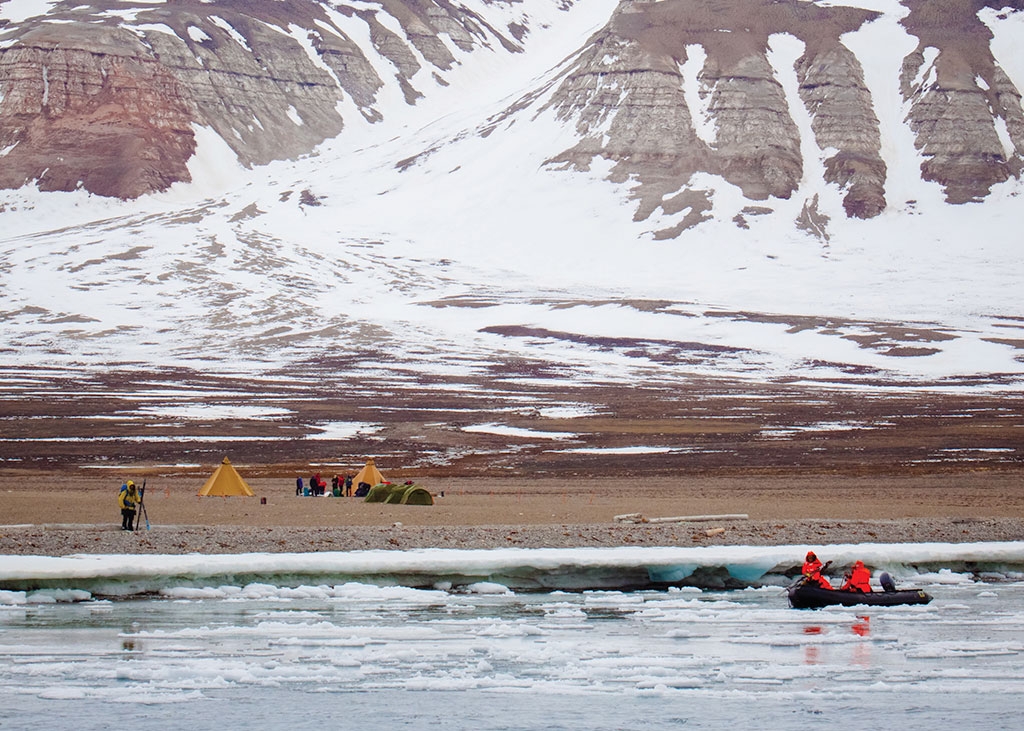
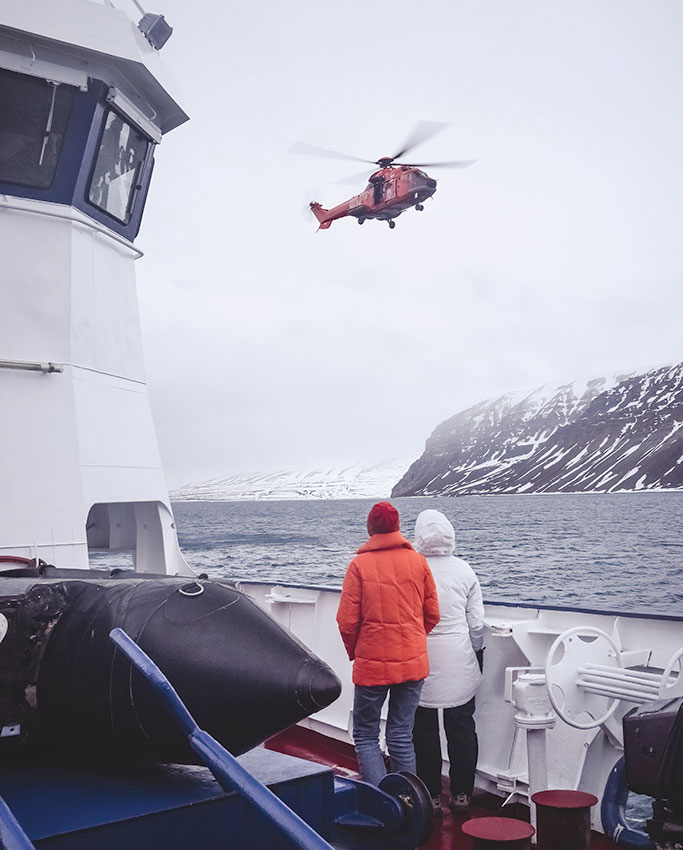
Unsurprisingly, Svalbard is home to a plethora of grizzly tales of explorers’ misfortune: from the story of famed Swede S. A. Andrée’s disastrous attempt at reaching the North Pole in a hot-air balloon from the island of Danskøya in 1897 (he and his two companions crashed after just two days of flight and died months later on the icy plains), to the mysterious death of all 17 young Norwegian seal hunters who, in 1872, sought to spend the winter in a newly built house on the isolated Cape Thordsen. And you can rest assured that any guide on the archipelago worth his or her salt will gladly elaborate on these tales, and many more like them.
Today though, accounts of human calamities have mostly been replaced by feats of scientific discoveries. Among other things, scientists and archaeologists study the delicate Arctic environment, the northern lights, and the many dinosaur fossils found here, respectively. Svalbard may even pride itself on being home to the Fort Knoxesque Global Seed Vault, a vast storage of seedlings from all over the world, dug into a mountain for preservation in case of a global catastrophe.
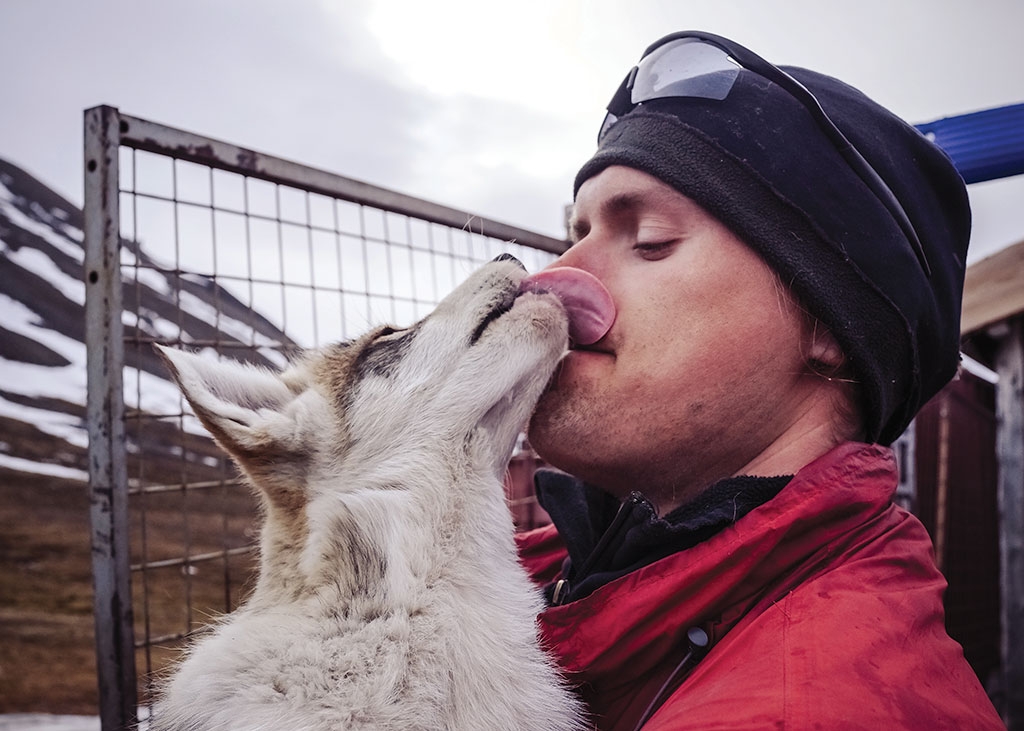
But the archipelago is also facing the severe consequences of climate change, as glaciers retreat and melting sea ice threatens the disappearance of the polar bears’ habitat. No less than 60 per cent of Svalbard is covered in glaciers that are currently shrinking at an alarming speed, causing the region to be dubbed the Ground Zero for climate change. Previously this year, the Barrow Observatory in Alaska clocked the earliest Arctic spring in the observatory’s 73-year-long history, and in January 2016, temperatures on Svalbard reached an average of a considerably balmy +3.5 °C, a whopping 11.5 degrees above the norm in a place where –25 °C winters are not uncommon. Consequently, sus-tainable tourism, as marketed by Spitsbergen Travel in Longyearbyen, now plays a big part in raising awareness of the footprints humans have left in the Arctic, and the need for global action to prevent both the polar bear population and the glaciers from disappearing altogether.
Visitors to Svalbard recognize immediately how the Arctic gets under one’s skin. The wild, untouched splendour of the land ignites an almost primal flicker of restless longing. A longing to let panting sled dogs eagerly transport you to a place where both time and everyday life cease to matter. Granted, Svalbard is not for everyone. But for the respectfully undaunted, a life-changing experience awaits.
– Top things to do in Svalbard –
Dogsledding
Steering your own dogsled is a must in Svalbard, and there are several options for both shorter and longer trips, some combined with camping. Green Dog operates a number of tours with Spitsbergen Travel.
Visiting Pyramiden
The world’s most northerly ghost town, once a thriving Russianmining settlement, is as surreal as it is fascinating with its impressive USSR architecture. Reachable by boat from Longyearbyen.
Kayaking expedition
Experiencing icebergs floating by and glacial views from a kayak is like nothing else on this Earth. For those interested in fully immersing themselves in nature in Svalbard, an eight-day-long kayaking expedition is the ultimate adventure.
___
Be advised: Most outdoor activities on Svalbard require a certain level of fitness, and campers must be prepared to assist with the polar bear watch during the nights.
Getting there: Flight connections are available via Oslo or Troms in Norway.
Useful link: visitsvalbard.com






